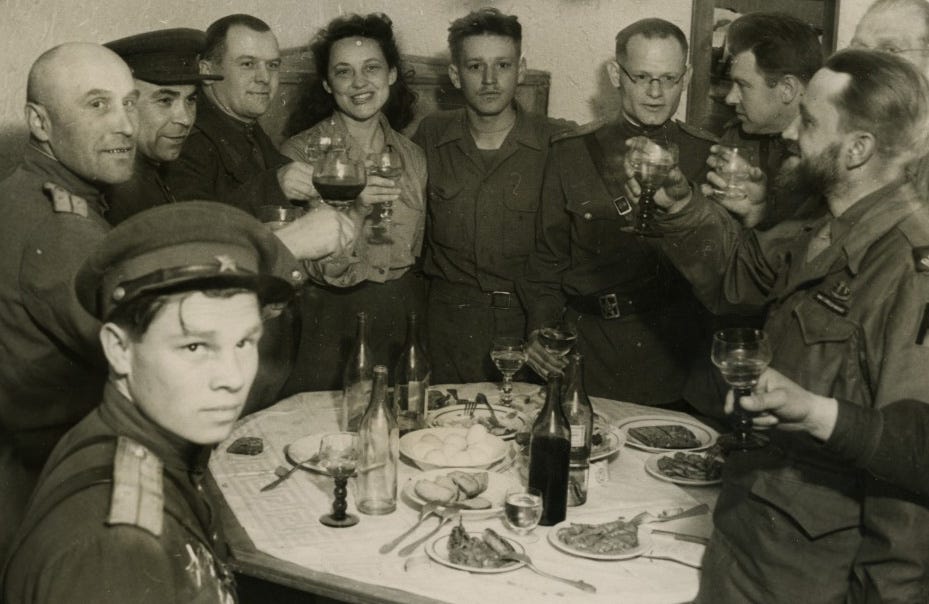Ann Stringer picked up where her late husband left off
Every woman who made it to the front as a correspondent during World War II had to fight her way there. Ann Stringer stood out even among that group.
Born Elizabeth Ann Harrell, Dec. 9, 1918 in Eastland, Texas, she met William Stringer in college in Austin and the pair married in 1941. They went to South America to serve as foreign correspondents for United Press, and Ann eventually landed at the UP's New York office while Bill went off to cover the war.
She planned to sail to London in late August 1944, hoping to join her husband, when he was killed on the 17th of that month in France. She initially canceled her ticket but had a change of heart and crossed the Atlantic that fall. Ann filed her first UP story from England in January 1945 and talked her way as far forward as she could, first reporting from inside Germany in late February.
She probably is best known for sending the first dispatch from the linkup between U.S. and Russian troops at Torgau, Germany, on April 26.
"Down the street of Torgau came a Russian youth wearing blue shorts and a gray cap with a red hammer and sickle on it," Stringer wrote. "'Bravo Americanski,' he yelled. 'Bravo comrades!' He was dripping we because he had swum the Elbe River to greet us. It was my first glimpse of the Russian Army."
The photo here is from the ensuing celebration, featuring Stringer in mid-toast with Russian troops. Fellow correspondent Jack Thompson of the Chicago Tribune, sporting his signature beard, is raising a glass on the right.
It was a rare moment of joy in Stringer's wartime travels. Days earlier she had reported from Buchenwald, describing in appalling detail lampshades and other decorative items made of human skin.
Stringer would go on to report from Italy and elsewhere around Europe the rest of the summer and would later cover the Nuremberg trials. She remained with UP through 1949 and later contributed to CBS and various magazines. She died in 1990 at age 71.



